Did you know that hitting the pavement hard, on a regular basis, can lead to foot anomalies like plantar fasciitis? Keeping reading to learn more about this common injury as well as the steps you can take to treat and prevent plantar fasciitis.
What are the Symptoms of Plantar Fasciitis?
More commonly known as heel pain, plantar fasciitis can present itself in a number of ways. These include:
- sharp stabbing pain in the heel first thing in the morning when you get out of bed
- aching along the arch of your foot when standing or walking after a prolonged period of sitting
- pain experienced during push off while running
If left untreated, these symptoms can become unbearable while running, requiring you to take extended periods of rest before you can begin training again.
What are the Causes and Treatment Options?
The best way to prevent heel pain is to understand the causes:
Overtraining
A sudden increase in training mileage often or a sharp increase in speed work often leads to plantar fasciitis.
Recommendation: As a best practice, you should never increase the frequency, duration and intensity of your cross-training workout by more than 10 percent each week.
Running on hard surfaces
Training on asphalt or concrete on a regular basis can result in bad knees as well as heel pain.
Recommendation: Mix up your training plans to include a combination of nature trails, grass, asphalt, tracks, concrete and even the treadmill from time to time. This adds variety to your routine and helps your body to adapt to different conditions.
Wearing worn running shoes
When your shoe begins to wear down on the heel, it places more stress on your feet and increases the potential for injury.
Recommendation: According to Very Fit Well, “A good rule of thumb is to replace your running shoes every 300-400 miles, depending on your running style, body weight, and the surface on which you run.”
When choosing a new pair of shoes, there are a few factors to consider not limited to the shape of your foot, the level of support and overall comfort. In addition, most athletic stores offer gait analysis and recommendations to help you find the best fit.
Running without compression socks
Compressions socks help to reduce inflammation by channeling the perfect amount of pressure on the plantar fascia. This ensures that the foot remains in a stable position, with adequate support. Furthermore, wearing compression socks throughout the day or at least while training helps to boost blow flow to the tissue as well.
Recommendation: When choosing your gear, evaluating the level of compression and the material with which the socks are made are always important considerations. Every pair of our Crazy Compression socks goes through a multi-step process to improve the antimicrobial and moisture-wicking properties of the fabric. We also offer many designs and styles to match your personality. Let us know your favorite one by joining our community on Instagram or Facebook. Use #crazycompression to show off your compression gear!

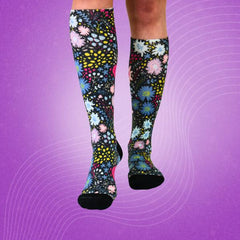
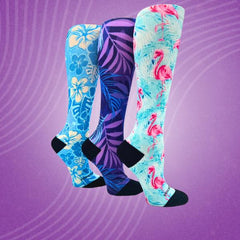
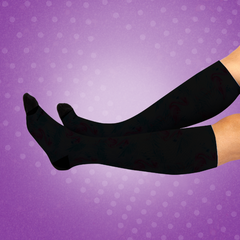

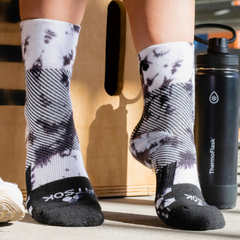
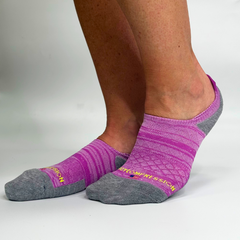




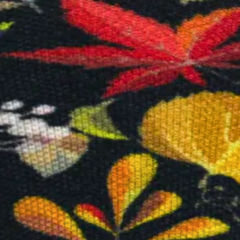

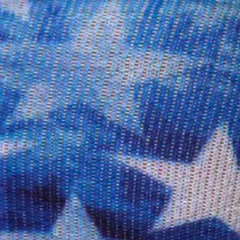


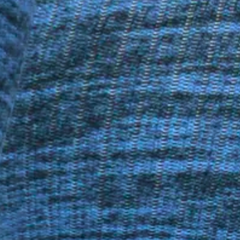
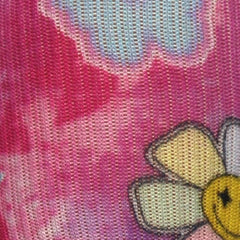

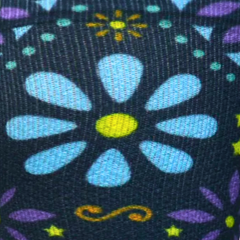
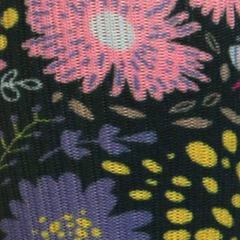
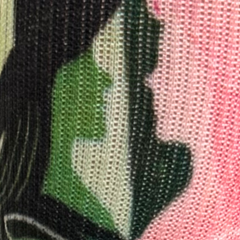
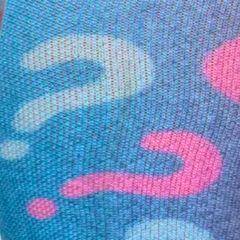
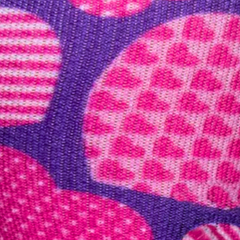
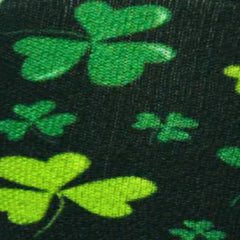
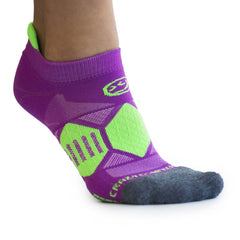

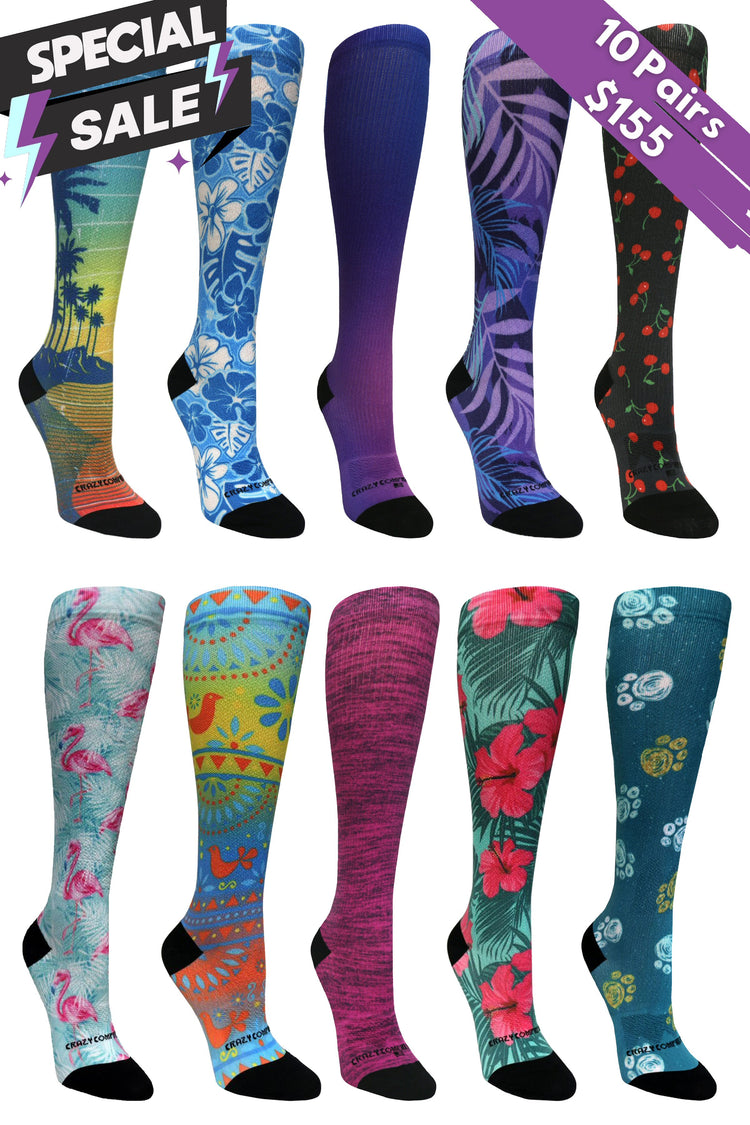


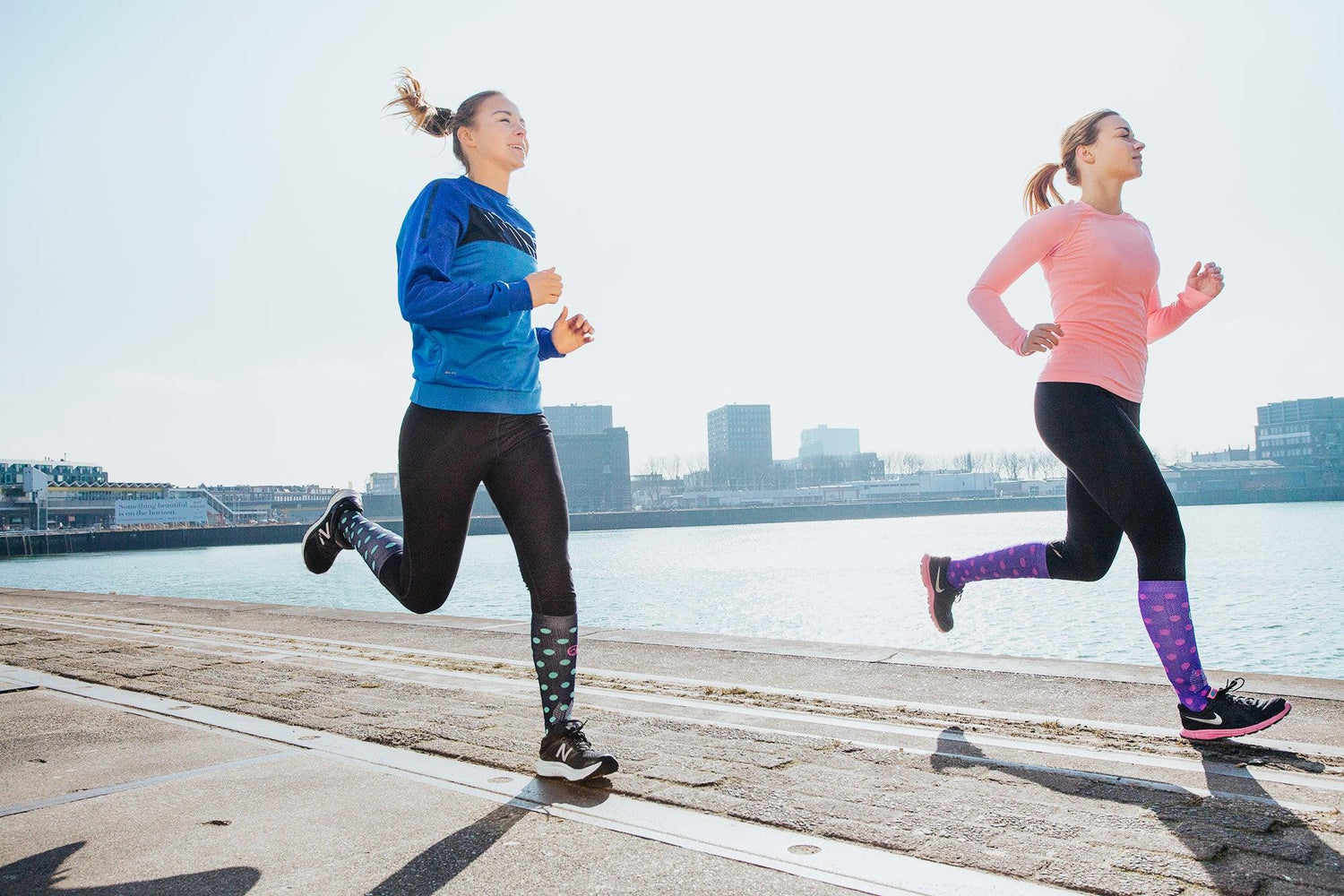


Leave a comment
This site is protected by hCaptcha and the hCaptcha Privacy Policy and Terms of Service apply.